My Perfect Bluegill Rod and Reel Setup
My Favorite Bluegill Baits and Lures
The product recommendations on our site are independently chosen by our editors. When you click through our links, we may earn a commission. Thanks for helping us do what we love. Learn More.
Bluegill fishing is considered the gateway into angling. Those who love to fish love catching Gillers. We all started by catching Bluegill. Sometimes, they will even strike a bare hook. Bluegill hit aggressively and punch above their weight class. Even experienced anglers love the thrill of hitting a Bluegill hole, especially with a light action rod. While Bluegill are often overlooked for other gamefish, they offer anglers of all ages an incredibly exciting adventure on the water and potentially a tasty dinner.
Bluegill are a panfish defined by the blue dot on their gills, yellow or gold bellies, copper color scales, and small mouths. People often confuse different Sunfish Species for Bluegill. Pumpkinseed, Green Sunfish, Redear, and Longear are all different sunfish that are sometimes mistaken as Bluegill. Gillers average between 7-10 inches and a big Bluegill is considered over 9 inches.
Bluegill are bountiful in the lower 48 and easy to find and catch. Most retention ponds East of the Rockies are teeming with them. Anywhere you find cover, you will likely find Bluegill. I typically fish for Bluegill near the shoreline during late spring and throughout summer. I look for downed trees or weeds. To catch these fish, I present my bait as close to the cover as possible to see if there is a school. If there are fish, they will bite very quickly.
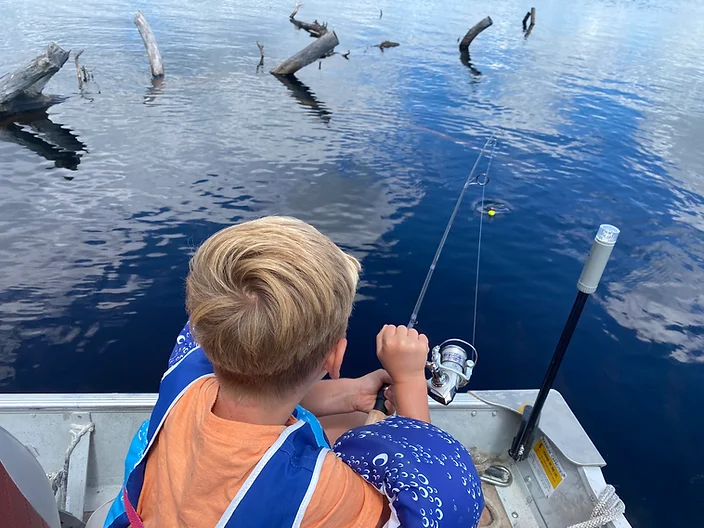
My Perfect Bluegill Rod and Reel Setup
You do not need a special rod and reel to catch Bluegill. Any bait caster or spinning rod can do the trick. For most of my life, I used my bass rod and reel setup to catch Bluegill, and – IT WORKED! Bluegill are easy to catch, and you don’t need special tackle. But catching Bluegill can be thrilling with a light action rod. Hooking into an average Bluegill on light tackle can feel like fighting a lunker. That is why I decided to buy a special panfish rod and reel.
I recently purchased a light power fast action Bass Proshop Panfish Elite rod (6’8″ Light Power, Fast Action) and paired it with a Pfuleger President 20 reel. Overall, I am very happy with the purchase. Every time I use my panfish rod, I get excited. There is something about hooking into a fish with a light power rod, even if it’s an average Bluegill.
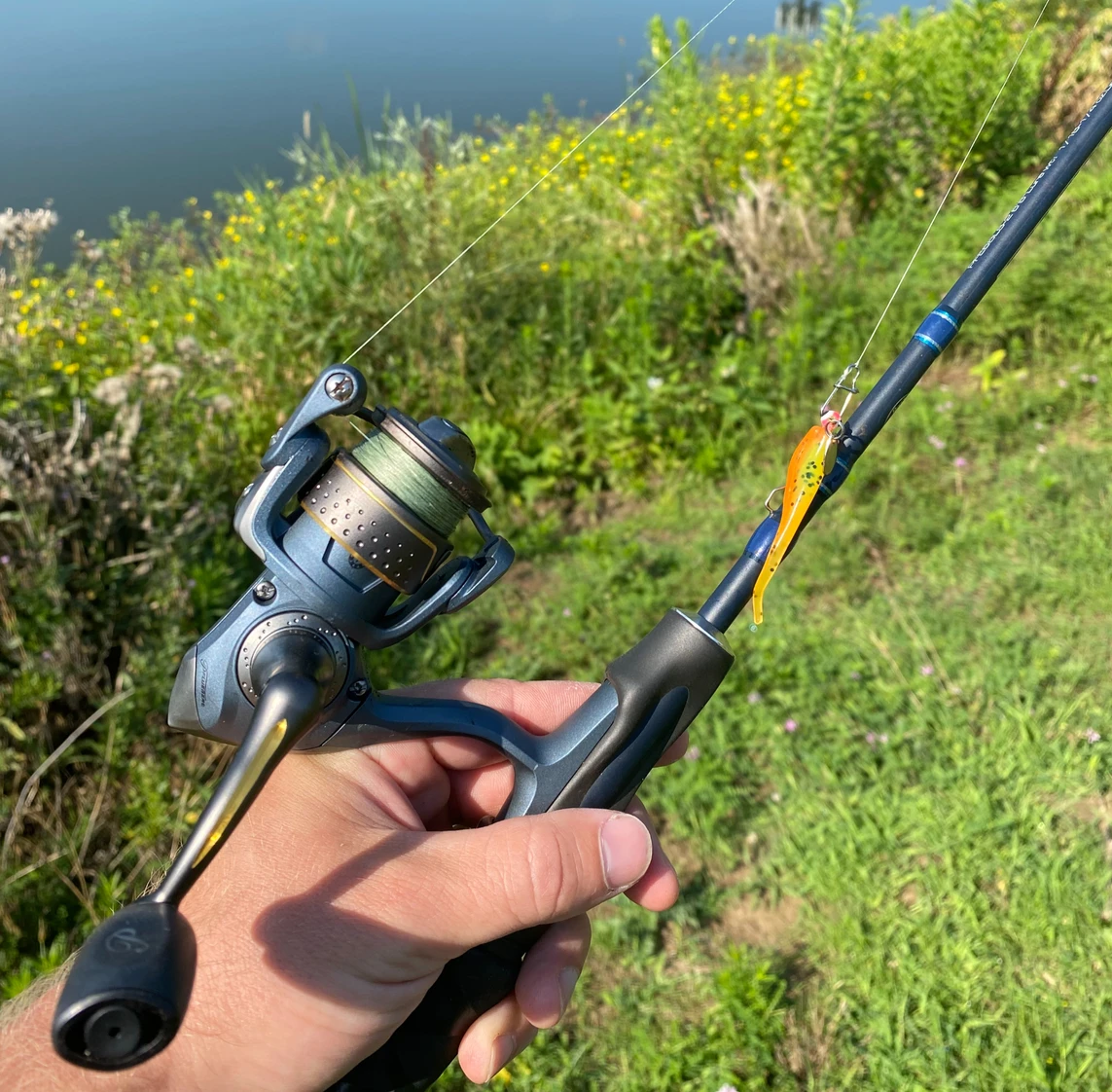
There were two panfish rods that I considered: The Bass Proshop Panfish Elite ($79.99) and a St. Croix Panfish ultralite power rod ($129.99). The St. Croix rod felt absolutely amazing and I truly wanted to buy it. But I am not made of money and the clerk helping me told me that he would buy the Basspro Panfish Elite. I decided to follow his advice and save $50.
The Bass Pro clerk showed me several panfish sized reels, but none of them compared to the Pflueger President 20. With 6+1 ball bearings, this reel felt smooth and high quality. I loved it and the price was comparable to the rest. I absolutely love this reel! Check out my full review of the Pflueger President 20 here!
My Favorite Bluegill Baits and Lures
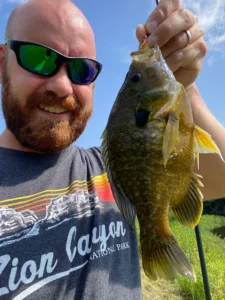
Live Bait for Bluegill
Whatever bait you use, Bluegill have small mouths and therefore a small hook is necessary, even to catch BIG Bluegill. I use a small 6 or 8 sized hook.
For bobber fishing Bluegill, I use worms exclusively. Earthworms or red worms are preferred. Nightcrawlers can be too big for the small hook. If you cannot get worms, I have heard crickets, fish eggs, mealworms, hot dogs, corn, or even bread work well, too.
The Slipknot Bobber
My favorite bobber rig is the slipknot bobber. This is because adjusting depth is easy and does not fray my line. Since the depth is controlled by the knot instead of where the bobber placement is, the rigging does not affect my cast. This is especially good for kids because casting is more manageable, especially when fishing at 3 feet or greater depths.
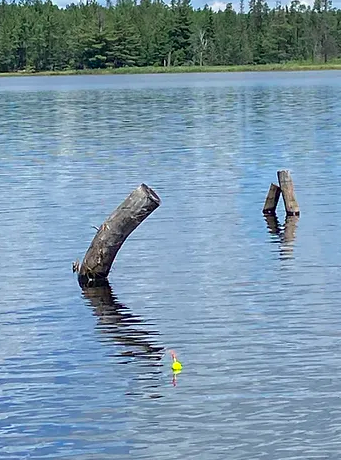
Experienced panfish anglers often use a slipknot bobber with jig and plastic. The slipknot suspends the jig to the desired depth. When retrieving, jerk the bobber and then let the jig sink so that the slipknot pulls the bobber upright. Wait for a second or two for a bite, and then jerk again. This technique is great for Bluegill and all sorts of panfish.
Clip on Bobber
This bobber rig is probably the most popular Bluegill setup. It’s simple a clip on float, size 6 or 8 hook, weight (optional), and bait. I prefer the slipknot because of better depth control, but since Bluegill are typically shallow, the clip on bobber works well the majority of the time.
Jig with Plastic for Bluegill
Even though you can catch Bluegill on a bare hook, it is far more effective to catch them with a 1/32 or 1/64 ounce jig and a plastic. I buy a variety of colors and plastic styles.
My favorite setup is the chartreuse Road Runner 101-012 spinner jig with a Crappie Maxx plastic squirt. I just hook the squirt like a normal plastic grub instead of getting small tube jigs. I’ve tried many different plastics with many different tails, and truly, they all work. Maybe it’s luck, but I seem to catch more and larger Bluegill with a squirt plastic with a spinner jig.
The Secret Sauce for Bluegill
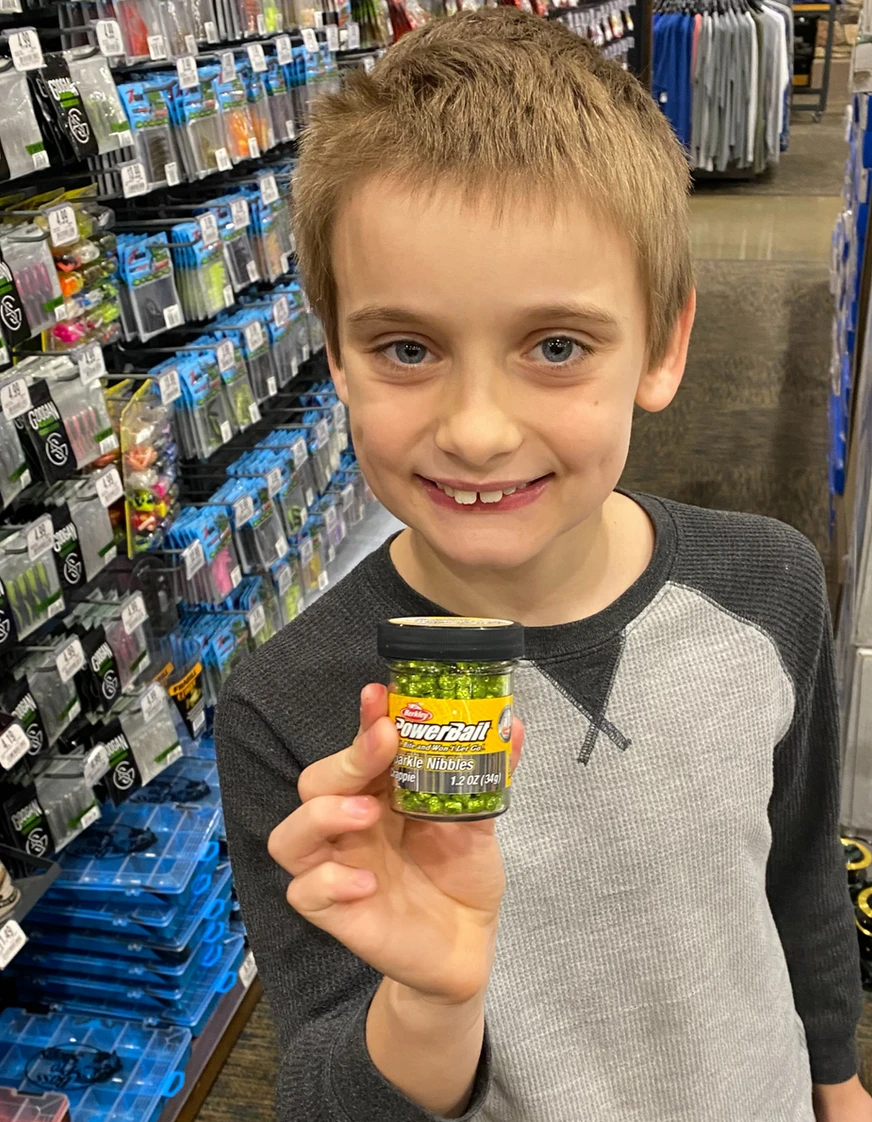
While live bait (specifically worms) is the best bait for bluegills, to say it kindly – my wife strongly prefers not to have bait in our refrigerator. This was a point of contention until my 10-year-old son bought Crappie Nibbles from Cabela’s with his allowance. Crappie Nibbles is a game changer. Bluegill strike these more aggressively than any other artificial bait. I often add a Crappie Nibble to my plastic to give it scent and make my presentation more enticing. My kids’ bobber fish with the Crappie Nibbles and stay engaged because they constantly get bites. When we go home, the Crappie Nibbles are easy to store in our tackle box . And most importantly, they are not taking up space in my wife’s refrigerator. Crappie Nibbles make everyone happy and are a great alternative to worms.
Bluegill Conservation
Bluegill are tasty. My kids want nothing more than to keep their catch. I love having a freezer full of Bluegill. But I learned on a Minnesota guided fishing trip, that even though Bluegill are in abundance, the big Gillers are often fished out – even in the wilderness. If all the BIG Bluegill are kept, then the big Bluegill genes are getting removed from the ecosystem. I make it a point to keep Bluegill between 7 and 9 inches, and I throw back any Gillers over 9 inches. I only keep what my family will eat and am conscientious of sustaining the fish population.
Additionally, I do not keep any Bluegill near big cities or suburbs where fertilizer or chemicals run off into the lake or pond. Check your local DNR for guidelines when it is safe to keep your catch, but I always error on the side of caution. If there is any doubt in my mind whether harmful contaminates have run into the body of water I’m fishing or if keeping the fish may be harmful to the fishery, I always practice catch and release.
Bluegill Fishing Conclusion
We all caught them growing up and we still love them. Bluegill are easy to target and incredibly fun to catch. They are perfect for anglers of any age and experience. Bluegill are tasty. As I’m wrapping up this blog post, I’m literally looking at the retention pond in my backyard, thinking about throwing some Crappie Nibbles and smashing some Bluegill.
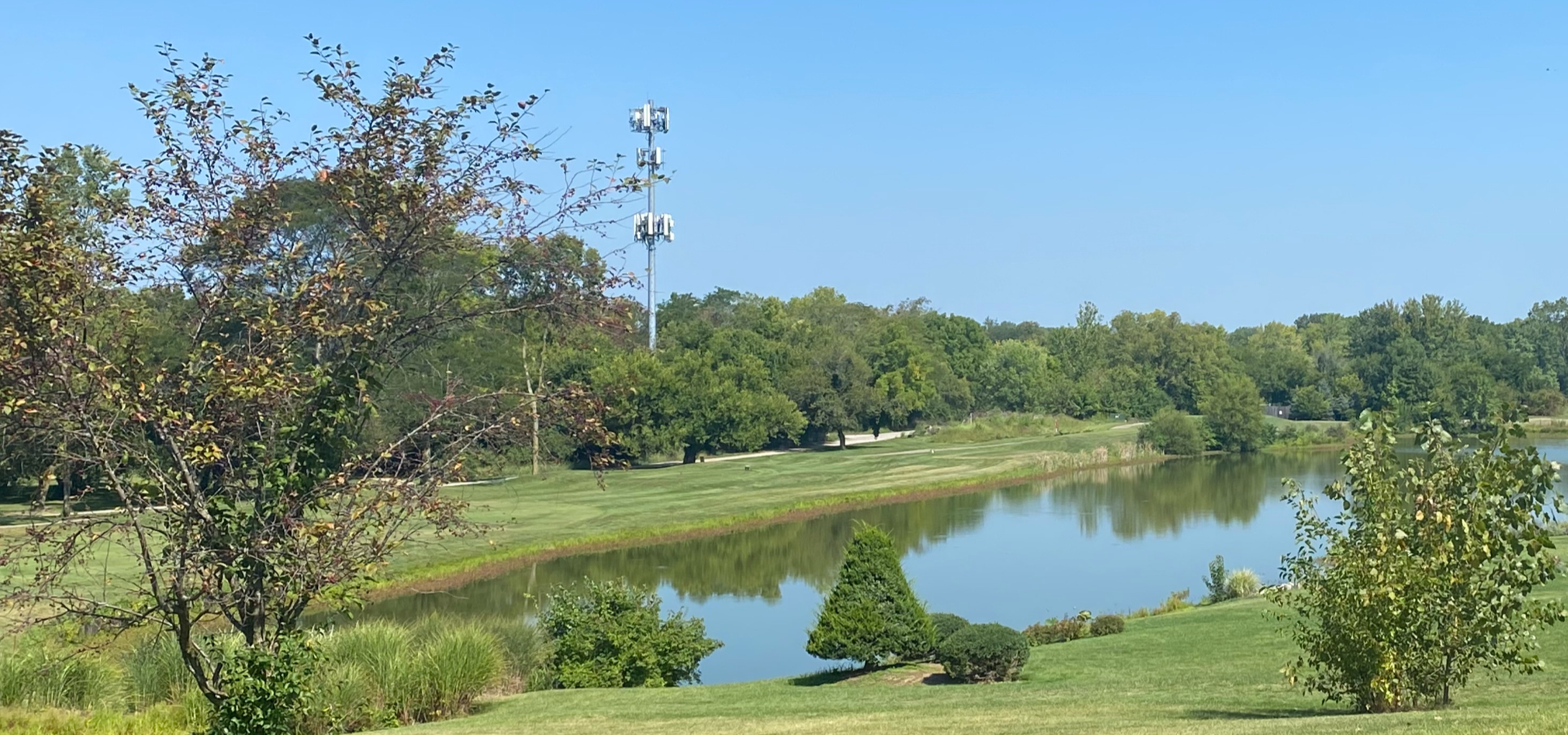

0 Comments